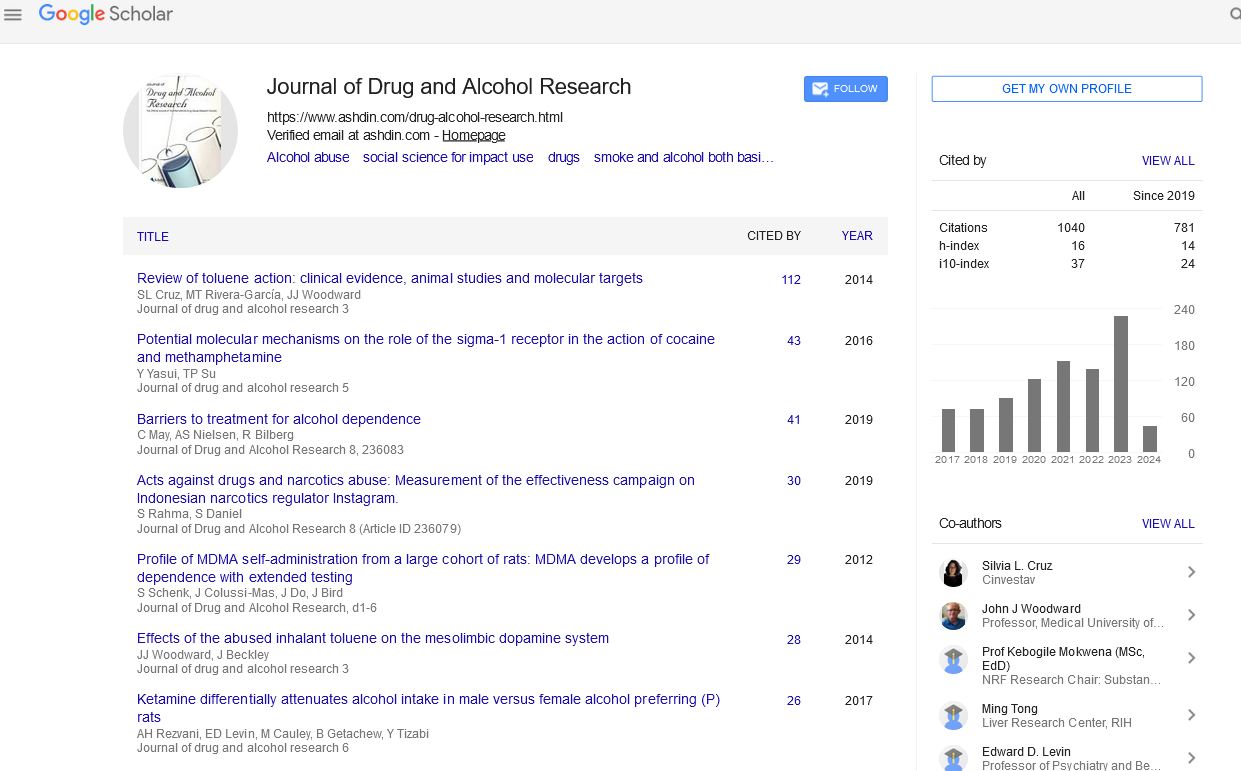Administrative, Labor and Communicative Legal Relations of Employees of Public Administration Bodies in the Field of Combating Drug Offenses Using Information Technologies
Author(s): Khrystofor Yarmaki*, Olha Maksymenko, Iryna Tsareva, Olha Merdova and Yevhen Bakhchevan
Abstract
Aim: The article examines the impact of information technologies on the administrative, labor and communicative legal relations of employees of state bodies involved in the fight against drug crimes.
Methods: The following methods can be used to study the topic “administrative, labor and communicative legal relations of employees of state administration bodies in the field of combating drug crimes using information technologies”: The method of analysis and synthesis: This method is used to study regulatory legal acts, scientific articles and other sources that regulate administrative, labor and communicative legal relations. Analysis allows you to decompose these relations into component elements and synthesis to combine them to form a holistic picture. Comparative legal method: Allows you to compare domestic legislation with international experience and practice of other countries in the field of combating drug crimes, in particular, regarding the use of information technologies. This makes it possible to identify the advantages and disadvantages of existing norms.
Results: The legal aspects of using IT in this area are analyzed, including the powers of bodies, work organization, training requirements and interagency communication. Key problems are identified and ways to solve them are proposed to ensure the efficiency and legality of the activities of state bodies.
Conclusion: Information technologies are radically changing administrative, labor and communication legal relations in the field of combating drug crimes. The use of IT allows to increase the efficiency of the work of state bodies, but at the same time requires clear legal regulation to ensure the protection of human rights. Further research should be aimed at developing recommendations for improving legislation and practice of using IT in this area, taking into account new challenges associated with the development of technologies such as artificial intelligence and block chain.


